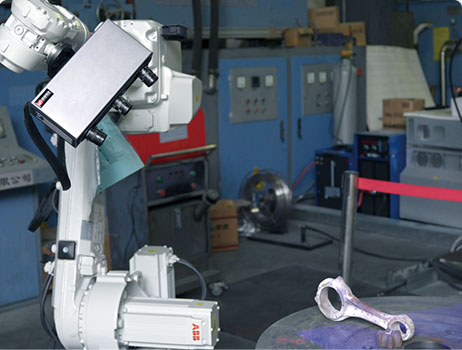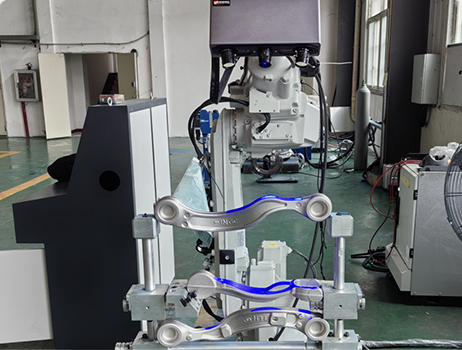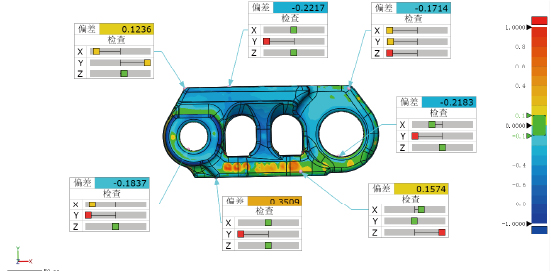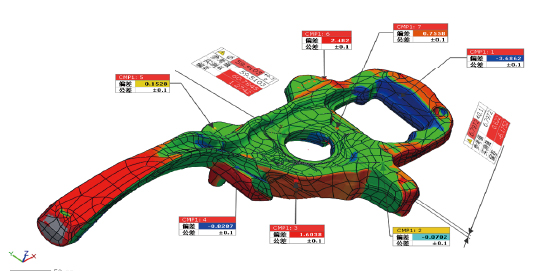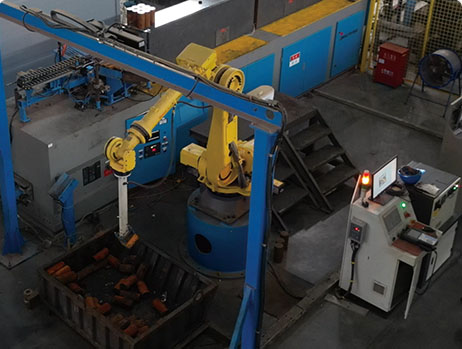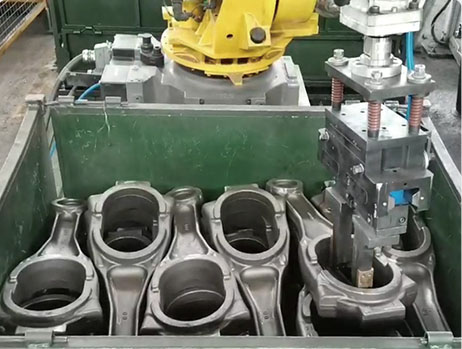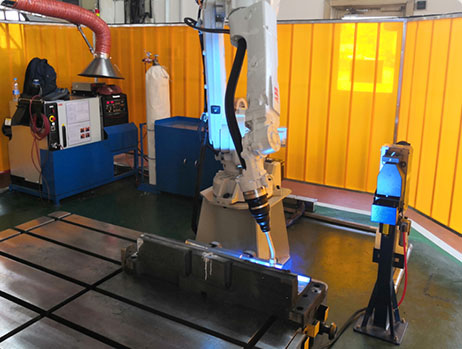Issues
Common challenges encompass complex reverse design, insufficient precision detection, lax quality control, difficult process optimization, low mass production efficiency and insufficient quality assurance of finished products. Traditional methods are often difficult to meet the needs of high precision and high efficiency, resulting in high production costs, unstable product quality, and thus affecting market competitiveness



 Room Temperature Optical 3D Measurement
Room Temperature Optical 3D Measurement
 High Temperature Optical 3D Measurement
High Temperature Optical 3D Measurement
